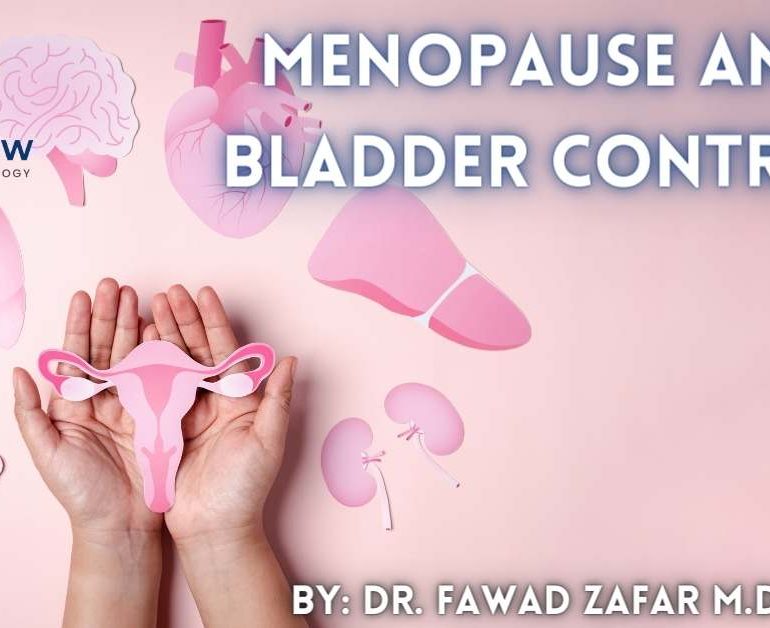Managing Urological Health in Aging Populations
As the global population ages, managing urological health in elderly individuals becomes increasingly important. Urological issues such as urinary incontinence, benign prostatic hyperplasia (BPH), and declining kidney function are common in older adults and can significantly impact their quality of life. This blog explores the various urological challenges faced by aging populations and offers insights into current best practices and emerging treatments to address these issues.
Understanding Urological Health in the Elderly
Urological health encompasses the function and well-being of the urinary system, which includes the kidneys, ureters, bladder, and urethra. As individuals age, these organs may undergo various changes that can lead to urological problems. Common urological issues in the elderly include:
- Urinary Incontinence
- Benign Prostatic Hyperplasia (BPH)
- Kidney Function Decline
Urinary Incontinence
Urinary incontinence, the involuntary leakage of urine, is a prevalent issue among older adults. It can result from weakened pelvic floor muscles, neurological conditions, or other underlying health issues. There are several types of urinary incontinence:
- Stress Incontinence: Leakage occurs during activities that increase abdominal pressure, such as coughing, sneezing, or lifting heavy objects.
- Urge Incontinence: A sudden, intense urge to urinate followed by involuntary leakage.
- Overflow Incontinence: Inability to empty the bladder completely, leading to overflow and leakage.
- Functional Incontinence: Physical or cognitive impairments prevent timely access to a bathroom.
Management and Treatment Options
- Lifestyle Modifications: Encouraging weight loss, fluid management, and avoiding bladder irritants like caffeine and alcohol.
- Pelvic Floor Exercises: Strengthening the pelvic floor muscles through exercises like Kegels can help improve bladder control.
- Medications: Various medications can help manage symptoms of incontinence. For example, anticholinergics can reduce urge incontinence by calming overactive bladder muscles.
- Surgical Interventions: In severe cases, surgical options such as sling procedures or bladder neck suspension may be considered.
Benign Prostatic Hyperplasia (BPH)
BPH is the enlargement of the prostate gland, which can cause urinary difficulties in men. This condition is common in older men and can lead to symptoms such as frequent urination, difficulty starting urination, weak urine stream, and inability to empty the bladder completely.
Management and Treatment Options
- Medications: Alpha-blockers (e.g., tamsulosin) relax the muscles of the prostate and bladder neck, improving urine flow. 5-alpha reductase inhibitors (e.g., finasteride) shrink the prostate over time.
- Minimally Invasive Procedures: Techniques such as transurethral microwave thermotherapy (TUMT) and transurethral needle ablation (TUNA) use heat to reduce prostate tissue.
- Surgical Interventions: Transurethral resection of the prostate (TURP) and laser therapies are effective surgical options for severe cases of BPH.
Declining Kidney Function
Kidney function tends to decline with age, making older adults more susceptible to chronic kidney disease (CKD). Factors such as diabetes, hypertension, and cardiovascular disease further increase the risk of kidney problems in the elderly.
Management and Treatment Options
- Regular Monitoring: Routine check-ups to monitor kidney function through blood and urine tests can help detect CKD early.
- Lifestyle Modifications: Managing blood pressure, controlling blood sugar levels, and maintaining a healthy diet are crucial in slowing the progression of CKD.
- Medications: Medications to control blood pressure and blood sugar can help protect kidney function. Additionally, drugs that reduce protein in the urine (e.g., ACE inhibitors or ARBs) can be beneficial.
- Dialysis and Transplantation: In advanced stages of CKD, dialysis or kidney transplantation may be necessary. However, these options are less common in very elderly patients due to associated risks and complications.
Emerging Treatments and Innovations
Advancements in medical technology and research continue to improve the management of urological health in aging populations. Some promising developments include:
- Telemedicine and Remote Monitoring: Telehealth platforms allow for remote consultations and monitoring of urological conditions, making it easier for elderly patients to access care without the need for frequent hospital visits.
- Personalized Medicine: Genetic and molecular profiling can help tailor treatments to individual patients, improving the effectiveness of therapies for conditions like BPH and CKD.
- Regenerative Medicine: Research into stem cell therapy and tissue engineering holds potential for regenerating damaged urological tissues and organs, offering new hope for patients with severe urological conditions.
- Innovative Surgical Techniques: Advances in robotic and laparoscopic surgery continue to enhance the precision and outcomes of urological surgeries, reducing recovery times and complications.
Conclusion
Managing urological health in aging populations requires a comprehensive approach that includes lifestyle modifications, medication, minimally invasive procedures, and, when necessary, surgical interventions. By staying informed about the latest advancements and adopting a proactive approach to urological health, elderly individuals can maintain a better quality of life and reduce the impact of urological conditions. Regular check-ups, healthy lifestyle choices, and access to innovative treatments are key to ensuring optimal urological health for the aging population.





